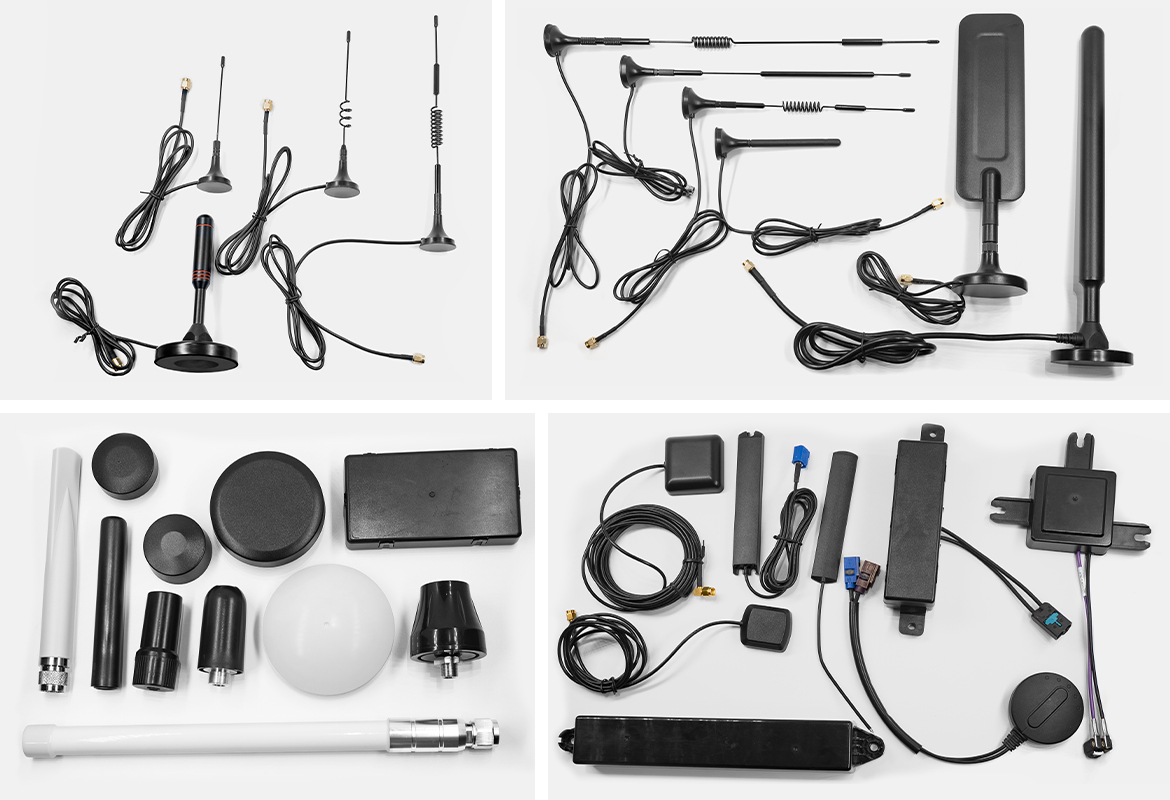Understanding the Basics of LoRa Antennas: Types and Applications
Body
In the rapidly evolving world of wireless communication, LoRa antennas play a crucial role in enabling long-range, low-power connectivity. This technology is particularly significant in the Internet of Things (IoT) landscape, where devices need to communicate over vast distances without consuming excessive energy. This article aims to provide a comprehensive understanding of LoRa antennas, their types, and their applications.

What are LoRa Antennas?
LoRa antennas are specialized antennas designed to operate with LoRa (Long Range) technology. This technology utilizes spread spectrum modulation to achieve long-range communication, making it ideal for various applications, including smart cities, agriculture, and industrial monitoring. But what exactly makes these antennas unique?
- They operate in the sub-GHz frequency bands, typically around 868 MHz in Europe and 915 MHz in North America.
- LoRa antennas are designed to transmit and receive signals over distances that can exceed 10 kilometers in rural areas.
- They are optimized for low power consumption, allowing devices to run for years on small batteries.
Types of LoRa Antennas
Understanding the different types of LoRa antennas is essential for selecting the right one for your application. Here are the primary types:
- Omnidirectional Antennas: These antennas radiate signals in all directions, making them suitable for applications where devices are spread out over a wide area.
- Directional Antennas: Unlike omnidirectional antennas, directional antennas focus their signal in a specific direction. This type is beneficial for point-to-point communication or when targeting a specific area.
- Integrated Antennas: These antennas are built into the device itself, providing a compact solution for space-constrained applications.
Applications of LoRa Antennas
The versatility of LoRa antennas allows them to be used in various sectors. Some notable applications include:
- Smart Agriculture: Farmers use LoRa technology to monitor soil moisture levels, crop health, and livestock tracking.
- Smart Cities: LoRa antennas facilitate smart lighting, waste management, and environmental monitoring.
- Industrial IoT: Industries leverage LoRa for equipment monitoring, predictive maintenance, and supply chain management.
Choosing the Right LoRa Antenna
When selecting a LoRa antenna, consider the following factors:
- Frequency compatibility with your LoRa devices.
- The range required for your specific application.
- Environmental conditions where the antenna will be deployed.
For more information on high-quality LoRa antennas and other related products, visit  .
.
In conclusion, understanding the basics of LoRa antennas is essential for anyone involved in IoT and wireless communication. By recognizing the different types and their applications, you can make informed decisions that enhance connectivity and efficiency in your projects.






Comments